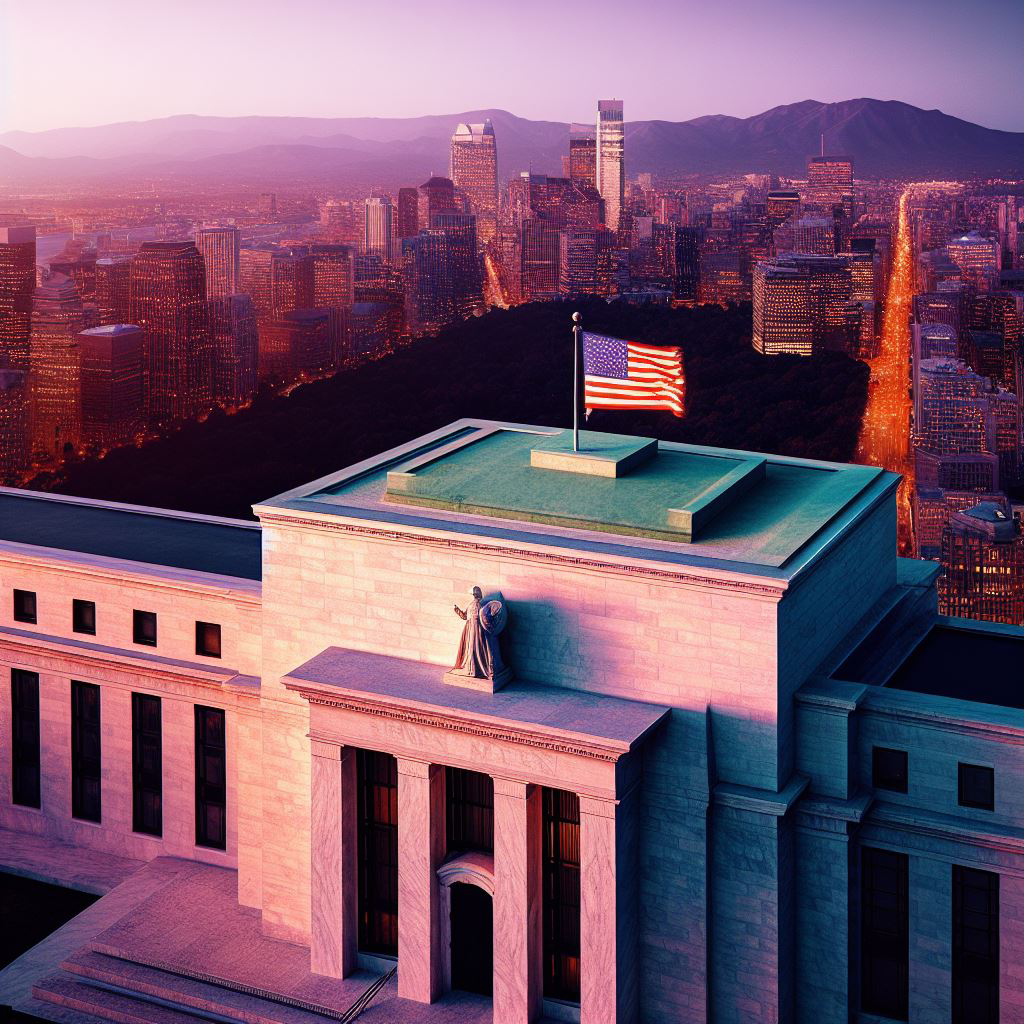
Introduction
In a bid to steer the ship of the U.S. economy and tackle mounting inflation, the Federal Reserve has recently taken a decisive step – raising the benchmark interest rate. This pivotal move has garnered significant attention from economists, financial experts, and the public at large. This article explores the reasons behind the rate hike, its potential implications, and what it means for the average American.
The Federal Reserve’s Mandate
The Federal Reserve, often simply referred to as the Fed, is the central bank of the United States. It is charged with the responsibility of promoting maximum employment, stable prices, and moderate long-term interest rates. To achieve this, the Fed employs various tools, one of which is the benchmark interest rate.
Reasons for Raising the Benchmark Interest Rate
1. Taming Inflation: Inflation had been on the rise in the U.S. economy, causing concerns about the increasing cost of living. By raising the benchmark interest rate, the Fed aims to cool down the economy and curb inflationary pressures.
2. Ensuring Economic Stability: High inflation can erode the purchasing power of consumers and destabilize the economy. The Fed’s move is aimed at achieving price stability, which is essential for economic growth.
3. Normalizing Monetary Policy: The Fed had maintained historically low interest rates in the wake of the 2008 financial crisis. With the economy now on more solid ground, the central bank seeks to return interest rates to more typical levels.
Implications of the Rate Hike
1. Borrowing Costs: As the benchmark rate rises, borrowing costs across the board are likely to increase. This affects everything from mortgages and car loans to credit card interest rates. Borrowers will have to contend with higher monthly payments.
2. Savings: On the flip side, savers may benefit from higher interest rates on savings accounts and certificates of deposit. This could offer an incentive for individuals to save more and forgo excessive spending.
3. Investment Markets: The rate hike can lead to increased volatility in the stock and bond markets. Investors may reassess their portfolios, and certain industries, such as housing and interest-sensitive sectors, could be impacted.
4. Foreign Exchange Markets: A higher benchmark interest rate can attract foreign investors seeking higher returns. This could lead to an appreciation of the U.S. dollar, which has implications for international trade.
What It Means for the Average American
For the average American, the Fed’s decision to raise the benchmark interest rate has both positive and negative effects. On the one hand, it may lead to higher borrowing costs, making homeownership and financing big-ticket items more expensive. On the other hand, it may result in better returns on savings and investments.
Individuals with variable-rate mortgages should keep a close eye on their monthly payments, as these are likely to increase with the rising interest rates. Those planning to take out loans should be prepared for slightly higher interest charges.
In Conclusion
The Federal Reserve’s move to raise the benchmark interest rate is a reflection of its commitment to maintain economic stability and combat inflation. While the implications are widespread and varied, the average American should consider how this decision may impact their own financial situation. Keeping a keen eye on interest rates and staying informed about the economic landscape will be essential in navigating the evolving financial terrain.